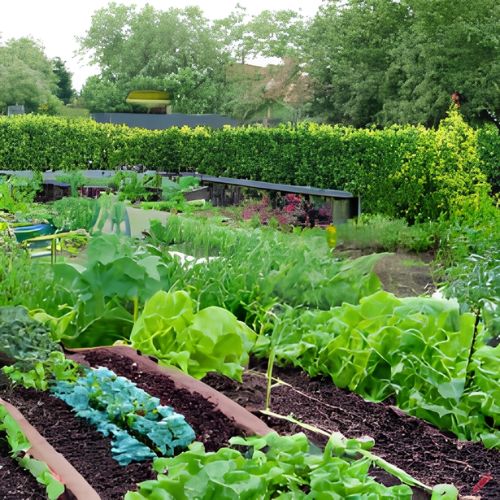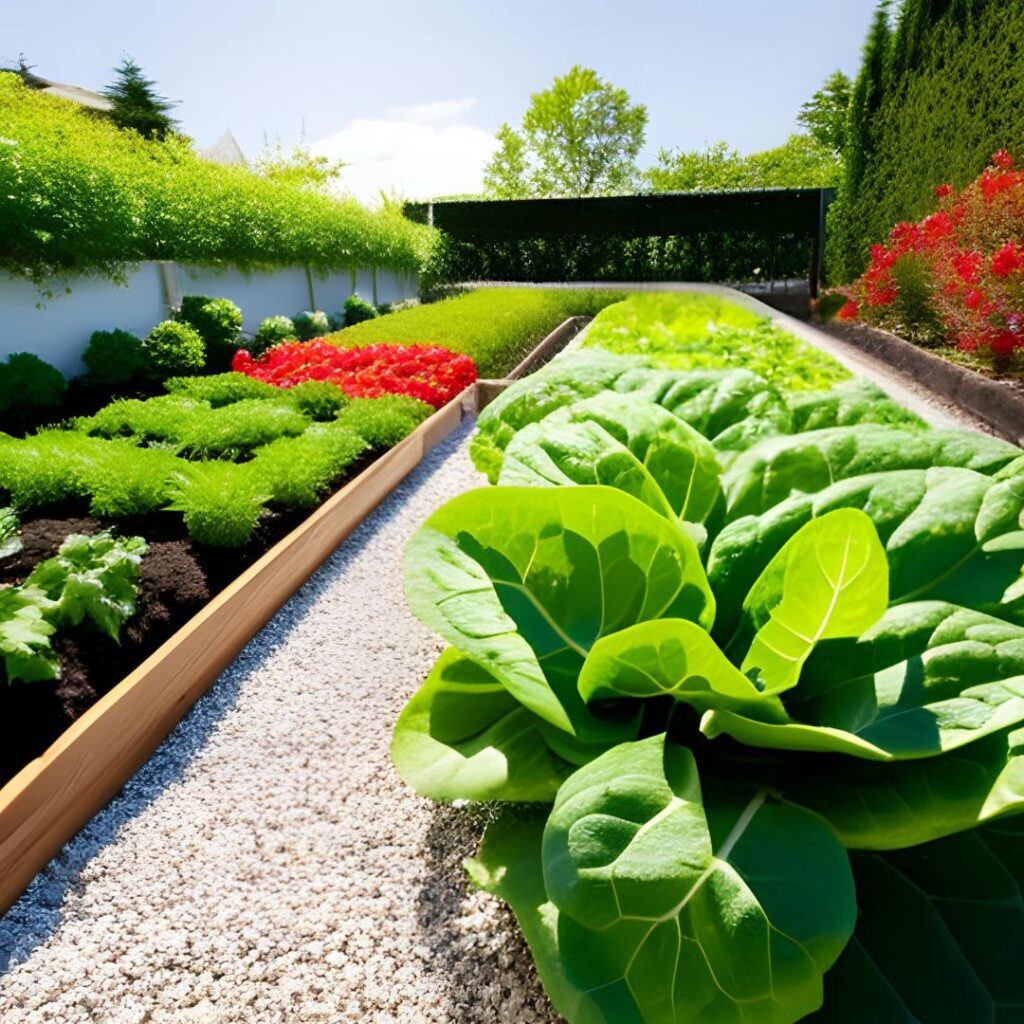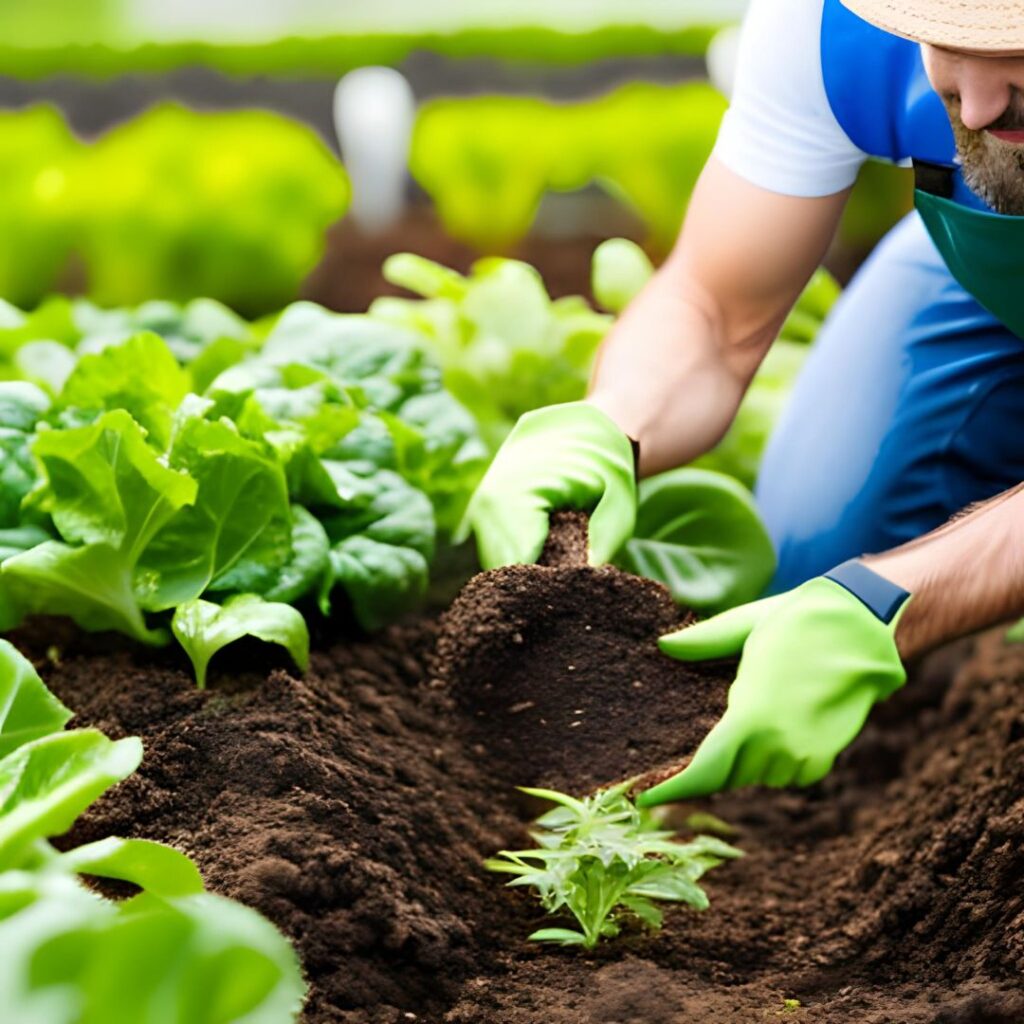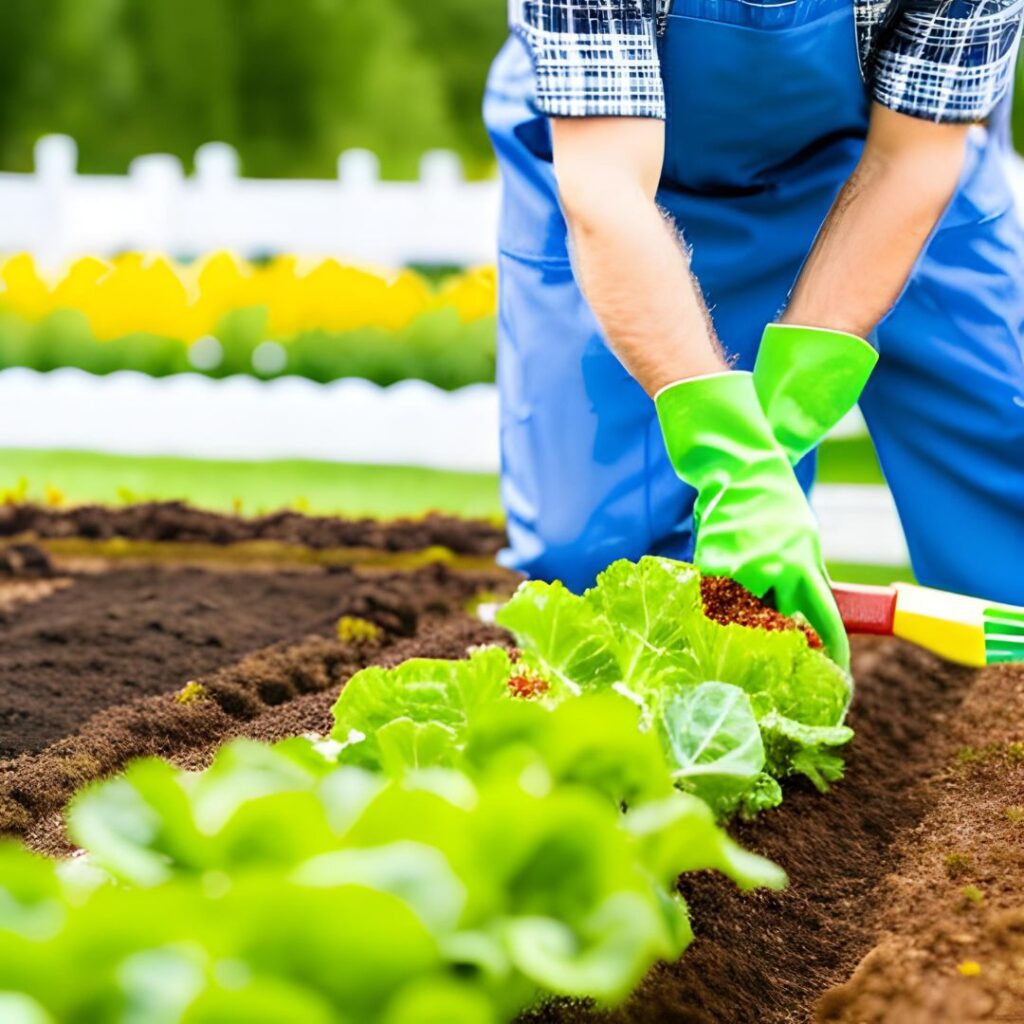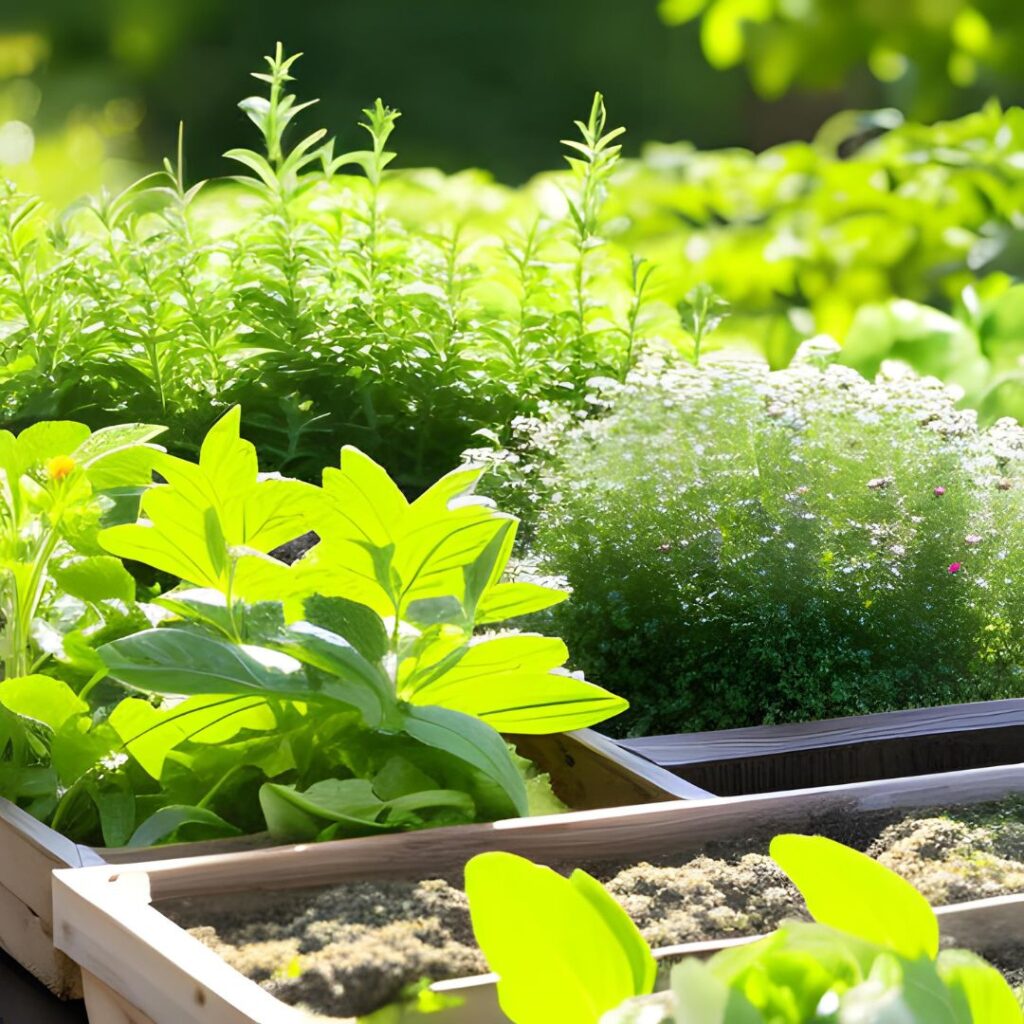How to make a vegetable garden that is beautiful to look at and eat!
Discover how to create a small green corner on your balcony or in your backyard with edible herbs and flowers.
By Erika Rosi | Updated on March 29, 2023
Spring is the ideal time of year to create a vegetable garden with your favorite flowers, plants, and herbs. If choosing the crops to grow seems difficult, you can start with a theme or take inspiration from our suggestions. Here are some practical tips for creating a beautiful green corner that is also delicious to eat!
If you have a green thumb and a little piece of land to exercise it on, this is the perfect time to create a vegetable garden that is both beautiful to admire and tasty to eat.
The idea is to create a small green corner with spring crops that can be consumed at the table and that are also visually stunning.
Of course, selecting a few plants from infinite possibilities can be a daunting task, but starting with a theme could be the right idea to make the task less burdensome.
We suggest some themes, each special in its own way and simple to create, especially if you follow our practical advice. You will discover a relaxing, satisfying, and fun activity that you can involve children in for a recreational and educational outdoor experience.
Ready to get your hands dirty?
Here are our proposals to create your vegetable garden to cultivate immediately, perfect for all tastes.
Find the time to dedicate to the project
The first rule for success is to find the time to dedicate to the project. This activity requires enthusiasm, care, and passion. Also, a certain practical sense to carefully plan each phase of the work.
If finding the time seems difficult, it is better to give up or try to carve out a moment of the day to dedicate to yourself and your passion.
The other essential rule for success in this small business is adequate space. The minimum corresponds to 10 square meters, which is enough space to grow vegetables, herbs, and edible plants for at least one harvest.
When choosing plants to plant, prefer native species. This will increase the chances of success as you will invest your energy in cultivating plants suitable for the natural environment in which you find yourself. The plants will grow more easily and require less care.
Whether flowers, herbs, or vegetables, choose the sowing time according to the most suitable period for each variety.
If you are not an expert, ask for advice from a nursery or a friend who is more experienced than you and whom you could involve in the project.
This will also create very pleasant and relaxing moments of sharing and socialization for both of you. But let’s take a quick look at them.
Aromatic vegetable garden
If aromatic herbs are your passion, this is the theme for you.
A vegetable garden at home with aromatic herbs is a triumph of scents and flavors at zero kilometers.
By selecting plants based on climate and flowering period, this green corner will become a precious “pantry” and attract many pollinating insects.
Our advice is to choose four aromatic plants that are among the simplest to grow.
They will give your garden a touch of color and liveliness thanks to their colorful flowers.
Parsley
It can be sown from March to July. It loves temperate climates and tolerates little hot weather and sudden temperature changes.
To successfully cultivate parsley, it is advisable to choose a shaded area, or at least not exposed to direct sunlight.
The ideal soil is mixed with peat, which facilitates water drainage without creating water stagnation.
Thyme
It is a plant that grows spontaneously in arid and sunny soils.
It is therefore advisable to choose a place in full sun but sheltered from drafts and temperature fluctuations.
The ideal soil must be well-drained and placed on a bed of expanded clay that will protect the roots from water stagnation.
Watering should be regular but never abundant, as the soil must remain rather dry.
The right period for cultivating thyme from cuttings falls between March, April, May, or September and October.
Sage
Like many other aromatic plants, sage also loves sunny positions, well-drained soils, and temperate climates.
If you start from sowing, you can start sage cultivation between October and November, while in a protected environment between April and May.
Watering should be regular and the soil should be very soft and fluffy.
Basil
The propagation of basil through sowing in open ground is the most recommended technique.
Sowing in the field is done starting from the month of April when temperatures reach around 15-18°C.
If you live in very hot climatic areas, prefer a bright, airy but not sunny area.
Proceed with regular watering when the bed is dry. During the growth of the plant, it will be necessary to cut the vegetative tips with regular pruning and eliminate weeds and any parasites.
The basil harvest generally takes place after one month, when the leaves are well-developed and intensely green.
Vegetable garden with salad
A cascade of freshness, a riot of colors and natural goodness ready to bring to the table. Who has never wanted to prepare an organic, good and genuine salad with vegetables grown in the garden, raise their hand!
To succeed, you don’t need to be an experienced farmer but have a little familiarity with the basic techniques of common vegetable cultivation.
The varieties of vegetables we have selected in this proposal are as simple to care for as they are good and colorful and will allow you to make a beautiful but also tasty balcony garden to bring directly to the table. Tender lettuce, fragrant arugula, spinach, and chard in a mix of colors that will delight your senses.
Lettuce
The ‘merlot’ variety has crispy leaves and reddish or dark green color.
It prefers rich, fresh and well-drained soils. The ideal period for sowing is from March to September.
As with all types of lettuce, you can choose to grow it from adult plants or grow a plant from a food scrap, for example from the head or simply from the seeds.
The cultivation carried out on the same piece of land can be repeated every 3 years and the seeds should be placed away from peas, cabbage, beans, endive, and beans.
It can be grown in synergy with artichokes, carrots, celery, and onions.
Rucola
Unmistakable for its slightly ‘spicy’ and bitter taste, it adapts easily to any type of soil but fears frost, drought, and water stagnation.
In general, it adapts well to any soil and can be sown from March to September.
The beauty of it is that one week after sowing you will see the first leaves sprout and after a few days, you can start harvesting.
Spinach
It really requires very little care and is among the easiest to grow.
Only well-drained soil and a cool climate. For this reason, the best time to grow them is spring or fall.
In temperate climates, however, they can be grown all year round.
They like to share the soil with lettuce, radicchio, chard, chicory, and any variety of cabbage.
Chard
The variety ‘rainbow’ is so called because of the numerous shades of color of its leaves, always sweet to eat and beautiful to decorate the garden.
They adapt well to a wide range of climatic conditions, are resistant to cold, wind, and bad weather, and adapt to all soils.
They only ask for regular watering and weed-free soil. They can be sown in a seedbed in February-March or directly in the ground during spring and summer.
The color of the ribs is already bright when the plant is still very young.
Consequently, it can be used as a cutting herb at any time, starting to cut the outer leaves.
Tomatoes
They are climbers, so you will need to provide adequate support and stakes for growth, such as wooden poles, strings, and wire.
To maintain the right temperature around the plant’s roots, it is often advisable to carry out mulching with natural materials.
This will allow you to protect the plant from temperature fluctuations, maintain the right levels of moisture in the soil, and prevent the formation of weeds.
In addition, we will better protect bush tomatoes from any fungal diseases.

